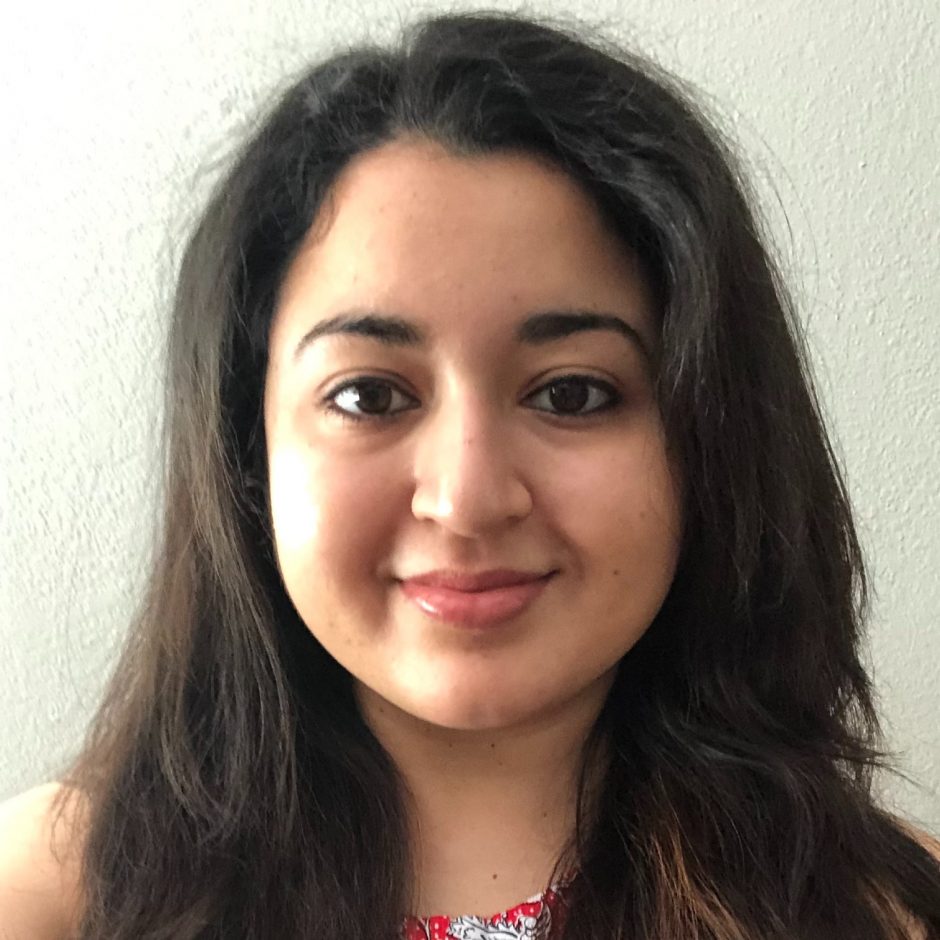Batool Rizvi
Rizvi, B., Lao, P.J., Colon, J.M., Hale, C., Igwe, K.C., Narkhede, A., Budge, M., Manly, J.J., Schupf, N., & Brickman, A.M. (in press). Tract-defined regional white matter hyperintensities and memory. Neuroimage: Clinical.
Rizvi, B., Narkhede, A., Last, B. S., Budge, M., Tosto, G., Manly, J. J., … & Brickman, A. M. (2018). The effect of white matter hyperintensities on cognition is mediated by cortical atrophy. Neurobiology of aging, 64, 25-32.
Vonk, J. M., Rizvi, B., Lao, P. J., Budge, M., Manly, J. J., Mayeux, R., & Brickman, A. M. (2018). Letter and Category Fluency Performance Correlates with Distinct Patterns of Cortical Thickness in Older Adults. Cerebral Cortex.
Nasrabady, S. E., Rizvi, B., Goldman, J. E., & Brickman, A. M. (2018). White matter changes in Alzheimer’s disease: a focus on myelin and oligodendrocytes. Acta neuropathologica communications, 6(1), 22.
Stamm, B., Lao, P. J., Rizvi, B., Colon, J., Chesebro, A., Maas, B., Schupf, N., Mayeux, R., Manly, J. J., Brickman, A. M., (2019). Parental history of dementia is associated with increased small vessel cerebrovascular disease. The Journals of Gerontology: Series A.
Yeung, L. K., Hale, C., Rizvi, B., Igwe, K., Sloan, R. P., Honig, L. S., … & Brickman, A. M. (2021). Anterolateral entorhinal cortex volume is associated with memory retention in clinically unimpaired older adults. Neurobiology of Aging, 98, 134-145.
Bertrand, E., Azar, M., Rizvi, B., Brickman, A. M., Huey, E. D., Habeck, C., … & Cosentino, S. (2018). Cortical thickness and metacognition in cognitively diverse older adults. Neuropsychology.
Brickman, A. M., Tosto, G., Gutierrez, J., Andrews, H., Gu, Y., Narkhede, A., Rizvi, B., Guzman, V., Manly, J. J., Vonsattel, J., Schupf, N., Mayeux, R. (2018). An MRI measure of degenerative and cerebrovascular pathology in Alzheimer’s disease. Neurology, 91(15)
Rohaut, B., Doyle, K. W., Reynolds, A. S., Igwe, K., Couch, C., Matory, A., Rizvi, B., … & Park, S. (2018). Deep structural brain lesions associated with consciousness impairment early after hemorrhagic stroke. Scientific reports, 9(1), 4174.
Chesebro, A.G., Melgarejo, J.D., Leendertz, R., Igwe, K.C., Lao, P.J., Laing, K.K., Rizvi, B., Budge, M., Meier, I.B., Calmon, G., Lee, J.H., Maestre, G.E., Brickman, A.M. (2020). White matter hyperintensities mediate the association of nocturnal blood pressure dipping and hypertension with cognition. Neurology, 94(17), e1803-e1810.
Domínguez-Vivero, C., Wu, L., Lee, S., Manoochehri, M., Cines, S., Brickman, A. M., Rizvi, B., … & Cosentino, S. (2020). Structural Brain Changes in Pre-Clinical FTD MAPT Mutation Carriers. Journal of Alzheimer’s Disease, (Preprint), 1-12.
Muhlhofer, W. G., Zak, R., Kamal, T., Rizvi, B., Sands, L. P., Yuan, M., … & Leung, J. M. (2017). Burst-suppression ratio underestimates absolute duration of electroencephalogram suppression compared with visual analysis of intraoperative electroencephalogram. British Journal of Anaesthesia, 118(5), 755-761.
What the lab means to me…
“As an entering member of the Yassa lab, I am excited to get to know everyone more, and so far with my interactions with the members – everyone has been super friendly, approachable, collaborative, and helpful! While it is challenging forming new connections during COVID, I am very much looking forward to connecting with the lab members on a more personal level!“







